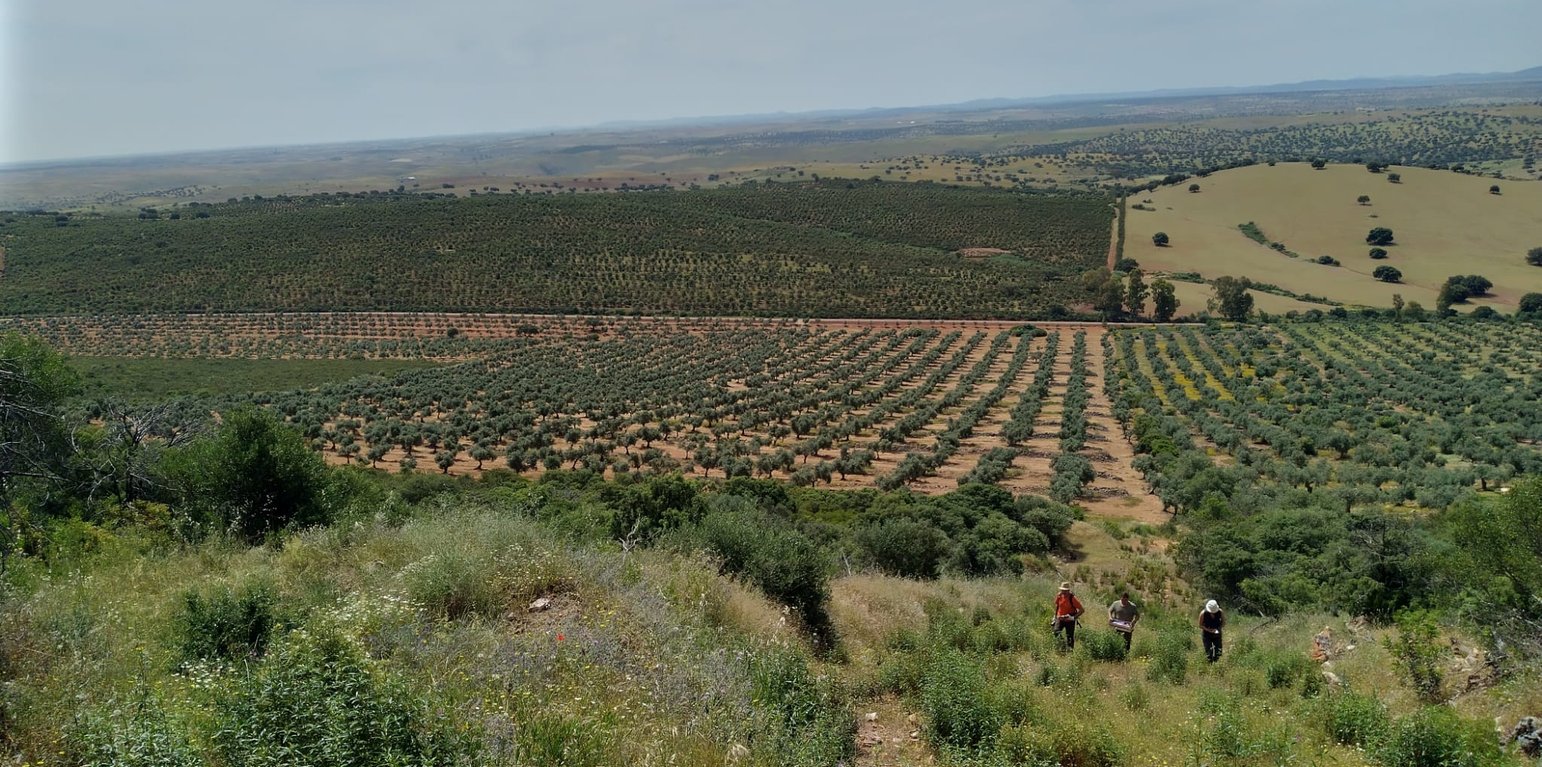



In Spanish, the "Program for Reforestation of Degraded Agricultural Lands" refers to the concept of "reforestación," which is typically translated into English as "afforestation." This can sometimes lead to translation issues. To ensure the term remains as close as possible to the original program's intent, the English term "reforestation" has been chosen.
Degraded or abandoned agricultural land is under restoration in rural areas in the West and South of the Iberian Peninsula. Here, there is a high risk and incidence of desertification. Reforestation – meaning restoring the original trees of the area - is a nature-based solution that contributes to the rehabilitation of degraded areas. The main objective is to reclaim land, mainly in rural environments, and to give it a second life capable of providing ecosystem and forest services.
Reforestation contributes to soil recovery, the increase of biodiversity associated with forest ecosystems, carbon sequestration and storage, the improvement of the landscape and the regulation of the hydrological cycle. Furthermore, in the arid areas of the West and South of the Iberian Peninsula, it provides a brake on the advance of desertification.
In order to carry out the reforestation, a technical reforestation project must be planned that includes species adapted to the environment which can accelerate the process of transforming the reforested area from a degraded area to a climax forest. Thus, plantations are based on indigenous forest species, mainly holm oak (Quercus ilex) and cork oak (Quercus suber), to ensure a sustainable mature forest in the future. The forest species, the planting framework, the soil preparation work, the design of the plantation, the planting season, the forest nursery from which the plants will be brought, and whether or not irrigation is required for planting are selected. It is necessary to design the maintenance work during the years after planting to ensure the long-term success of the reforestation.
It is important to have an adequate long-term reforestation plan that includes proper planting and maintenance in the subsequent years. This requires a sufficient budget to cope with the work, which includes forestry personnel and specialised machinery. In addition, the forest reproductive material used must come from nurseries where the origin of the plants is known and certified.
The advantages for land managers are many, mainly related to landscape and ecosystem restoration and erosion control. It can also provide landowners with added value in terms of an income based on livestock or forestry management, or in terms of carbon credits. As for the more negative aspects, it is a technology that requires economic investment and perseverance over the years, as it cannot be implemented quickly. Thus, most of the objectives are only fully achieved after several decades of effort and dedication.
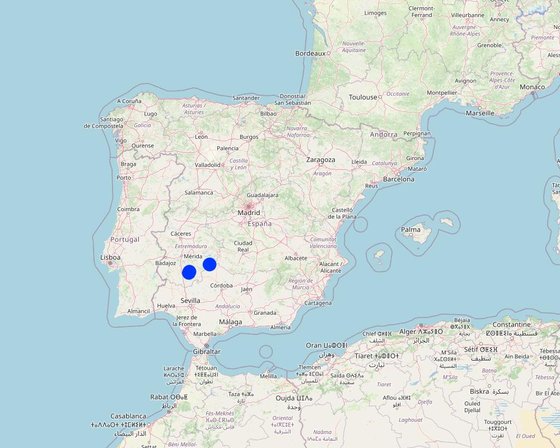
สถานที่: Cabeza del Buey and Llera (Badajoz, Spain), Extremadura, สเปน
ตำนวนการวิเคราะห์เทคโนโลยี: 2-10 แห่ง
การเผยแพร่ของเทคโนโลยี: กระจายไปอย่างสม่ำเสมอในพื้นที่ (approx. 1-10 ตร.กม.)
In a permanently protected area?: ไม่ใช่
วันที่ในการดำเนินการ: 1996; 10-50 ปี
ประเภทของการแนะนำ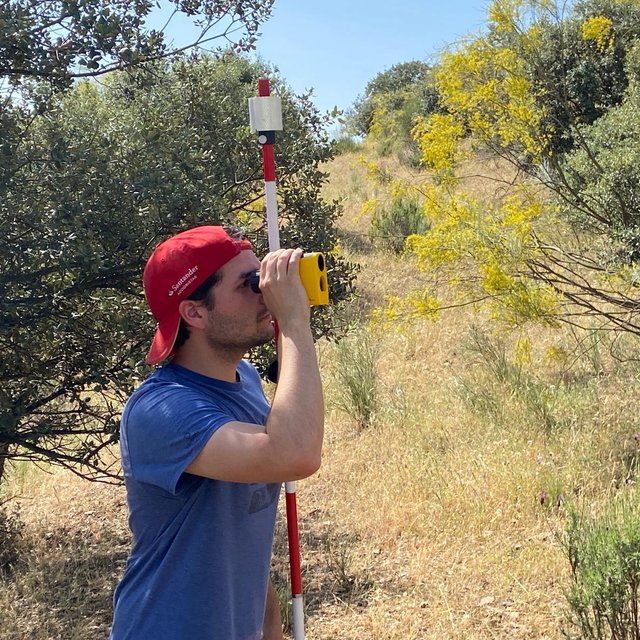







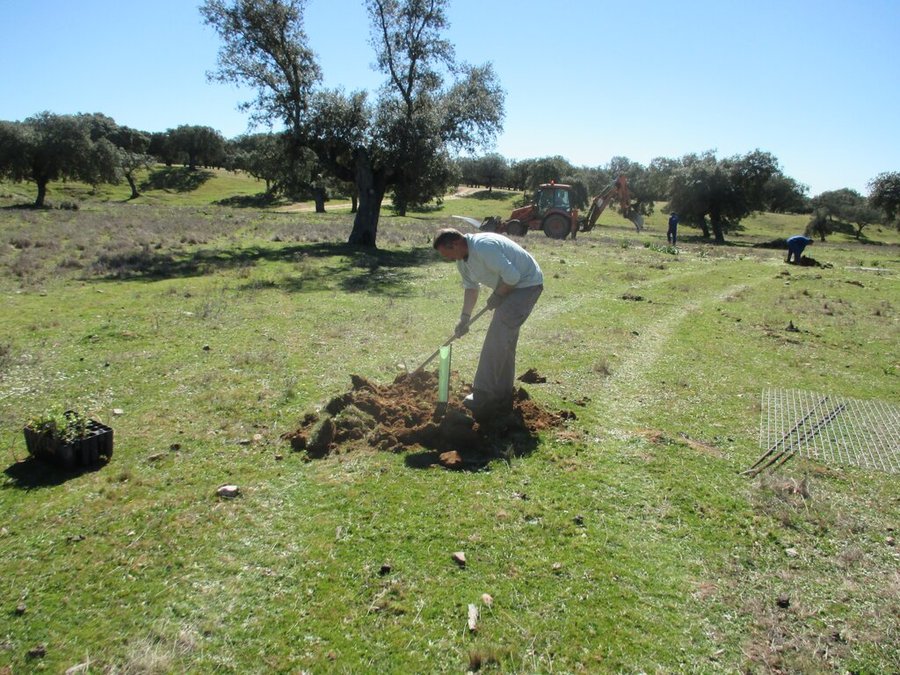

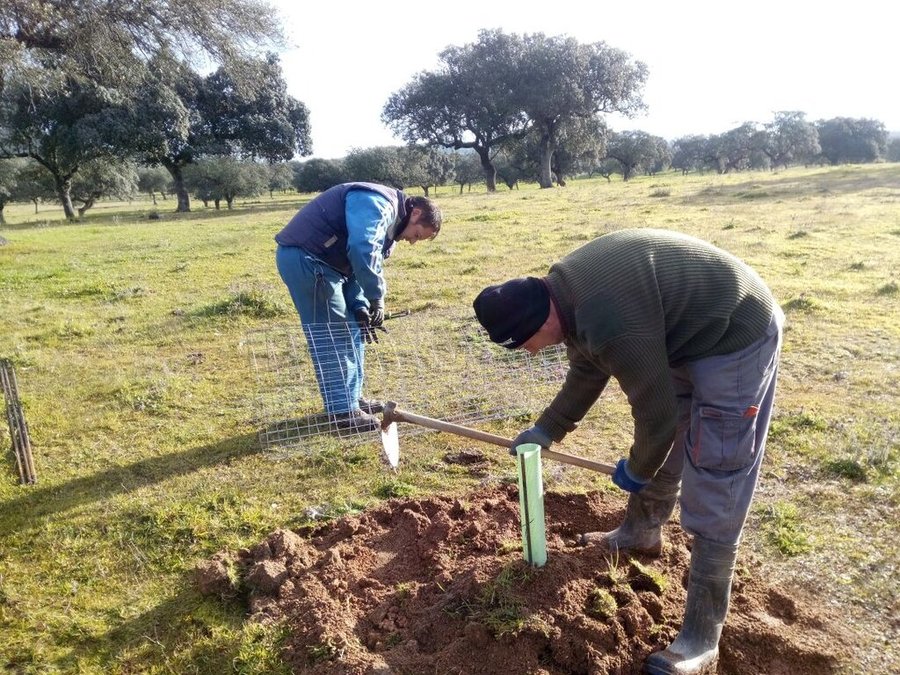
จำนวนก่อน SLM: Agricultural degraded area
หลังจาก SLM: Climatic Mediterranean Forest growing
จำนวนก่อน SLM: Agricultural degraded and abandoned area
หลังจาก SLM: Climatic Mediterranean Forest growing
จำนวนก่อน SLM: Agricultural degraded and abandoned area
หลังจาก SLM: Climatic Mediterranean Forest growing
Learning about reforestation maintenance over three decades
จำนวนก่อน SLM: Agricultural degraded and abandoned area
หลังจาก SLM: Climatic Mediterranean Forest growing
Soil samples taken show an increase in organic matter and C fixed in the soil.
จำนวนก่อน SLM: Agricultural degraded and abandoned area
หลังจาก SLM: Climatic Mediterranean Forest growing
Soil samples taken show an increase in organic matter and C fixed in the soil.
จำนวนก่อน SLM: Agricultural degraded and abandoned area
หลังจาก SLM: Climatic Mediterranean Forest growing
No trees existed prior to planting.
จำนวนก่อน SLM: Agricultural degraded and abandoned area
หลังจาก SLM: Climatic Mediterranean Forest growing
Quercus ilex, Quercus suber, and more than 15 Mediterranean species monitored
จำนวนก่อน SLM: Agricultural degraded and abandoned area
หลังจาก SLM: Climatic Mediterranean Forest growing
A new Mediterranean ecosystem growing towards a forest of climatic quality capable of supporting fauna and flora.
จำนวนก่อน SLM: Agricultural degraded and abandoned area
หลังจาก SLM: Climatic Mediterranean Forest growing
The reforested area represents a brake on the advance of desertification in the area.
จำนวนก่อน SLM: Agricultural degraded and abandoned area
หลังจาก SLM: Climatic Mediterranean Forest growing
Although the soils in the area are poor and difficult to store carbon, the first sampling data give positive values for the soil. In terms of forest biomass the increase is total over a baseline of zero.
จำนวนก่อน SLM: Agricultural degraded and abandoned area
หลังจาก SLM: Climatic Mediterranean Forest growing
It is considered a land mitigation technology because of its ability to sequester and store carbon in soil and biomass.